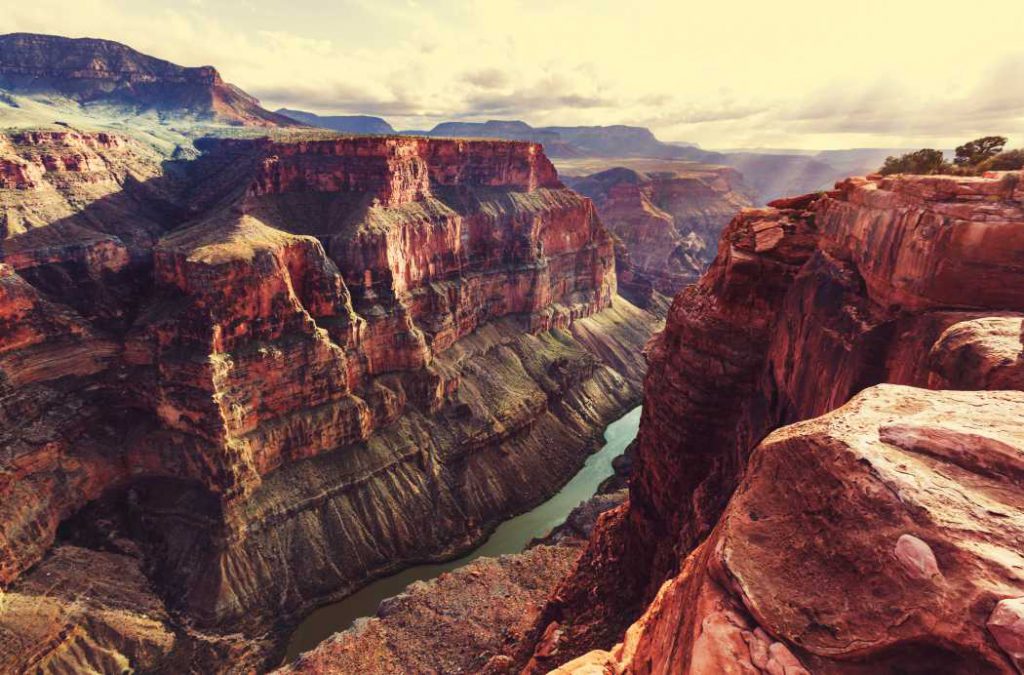Most people have heard of some of the most famous UNESCO World Heritage Sites like the Taj Mahal in India, the Great Wall of China or the city of Venice in Italy. But did you know that as of 2021 there are 24 UNESCO World Heritage Sites to see in the US? You might have even visited some already and not even know it. But if you haven’t, now is the perfect time to start planning your next family vacation and sneak in a little bit of culture and education.
The World Heritage Sites, which are named by the United Nations Educational, Scientific and Cultural Organization (UNESCO), are on the list due to efforts to preserve, protect and promote them by the organization’s more than 200 member states. The sites are a mix of cultural and natural but vary widely to include entire cities, national parks and single buildings. The list of what’s protected by UNESCO is constantly evolving and changing, with new sites being added and others being taken off. One thing is for certain though: If you take the time to visit a UNESCO World Heritage Site, you’re not going to regret that decision.
Here are some of the top UNESCO World Heritage Sites to visit in the USA, in no particular order.
- Mesa Verde National Park
- Statue of Liberty
- Cahokia Mounds State Historic Site
- Everglades National Park
- Yellowstone National Park
- Independence Hall
- Mammoth Cave National Park
- Taos Pueblo
- Waterton Glacier International Peace Park
- Frank Lloyd Wright’s 20th-Century Architecture
- Great Smoky Mountains National Park
- Grand Canyon National Park
Mesa Verde National Park
This World Heritage Site has been on the list the longest, being added in 1978. Mesa Verde National Park is in southwest Colorado and contains a collection of Pueblo Indian dwellings. There are more than 4,400 sites that include cliff dwellings and villages built on top of a mesa. The prehistoric dwellings are very well-preserved and you can even see rock art.

Statue of Liberty
Yet another cultural site on the UNESCO list is the New York icon Statue of Liberty. It was placed on the list in 1984, less than 100 years after it was inaugurated in New York Harbor. The statue was a gift from the people of France and was a collaboration between the French sculptor Bartholdi and Gustave Eiffel (yes, that Eiffel). An iconic site for immigrants arriving by boat at nearby Ellis Island, the Statue of Liberty can be visited via boats that depart from Battery Park and Liberty State Park in New Jersey.

Cahokia Mounds State Historic Site
Also added as a cultural World Heritage Site in 1984 are the Cahokia Mounds in Illinois, just northeast of St. Louis, Missouri. This is the largest pre-Columbian settlement north of Mexico, and it was occupied from about 800 to 1400. You can see 51 different types of earthen mounds here, including Monks Mound, which is the largest prehistoric earthen structure in the Americas.

Everglades National Park
This national park in southern Florida is one of the most unique natural UNESCO World Heritage Sites in the US. It was one of the first US sites added to the list in 1979, and if you’ve ever visited you know why. There are many different types of water habitats and the largest mangrove ecosystem in the Western Hemisphere, making the Everglades home to many types of birds and reptiles. It’s also a sanctuary for endangered manatees. If you visit, you can see the wildlife by boat or kayak tour, go to the observation tower or walk on the raised boardwalks.
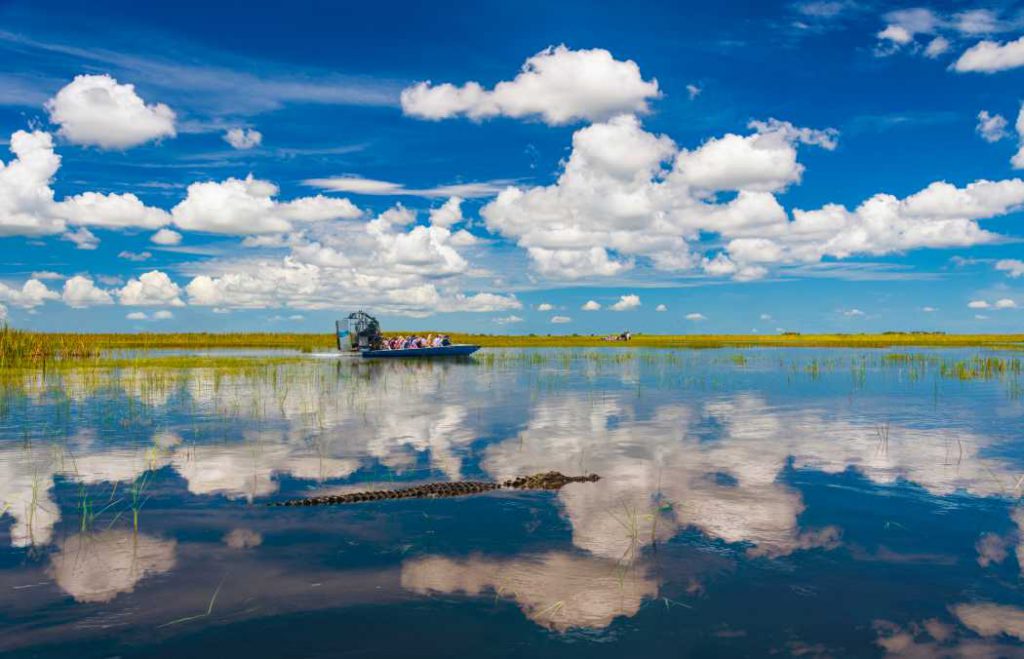
Yellowstone National Park
It’s only fitting that the first piece of land to be designated a national park be named one of the first World Heritage Sites in the US in 1978. Yellowstone National Park came into existence via an act of Congress and was signed into law in 1872 by President Ulysses S. Grant. Now 150 years later, it is the second most-visited national park in the US, and for good reason. Most of the park lies in Wyoming, but a portion is also in Montana and Idaho. Within its boundaries, you can see the world’s largest concentration of geysers, but you can also see amazing wildlife like grizzly bears and bison, waterfalls and the Grand Canyon of the Yellowstone River.

Independence Hall
Independence Hall in Philadelphia was put on the UNESCO list in 1979 due to its historic significance, as two pretty important documents were signed here: The Declaration of Independence and the Constitution of the United States. The building was finished in 1753 and once housed the famous Liberty Bell, which you can also visit while in Philadelphia.

Mammoth Cave National Park
See the world’s largest network of natural caves and underground passageways in this World Heritage Site in Kentucky. There are more than 250 miles of cave passageways within Mammoth Cave National Park, and more than 130 species of flora and fauna call the cave system home. Keep in mind that if you want to go into the caves, you need to buy a tour ticket and they often sell out weeks in advance.
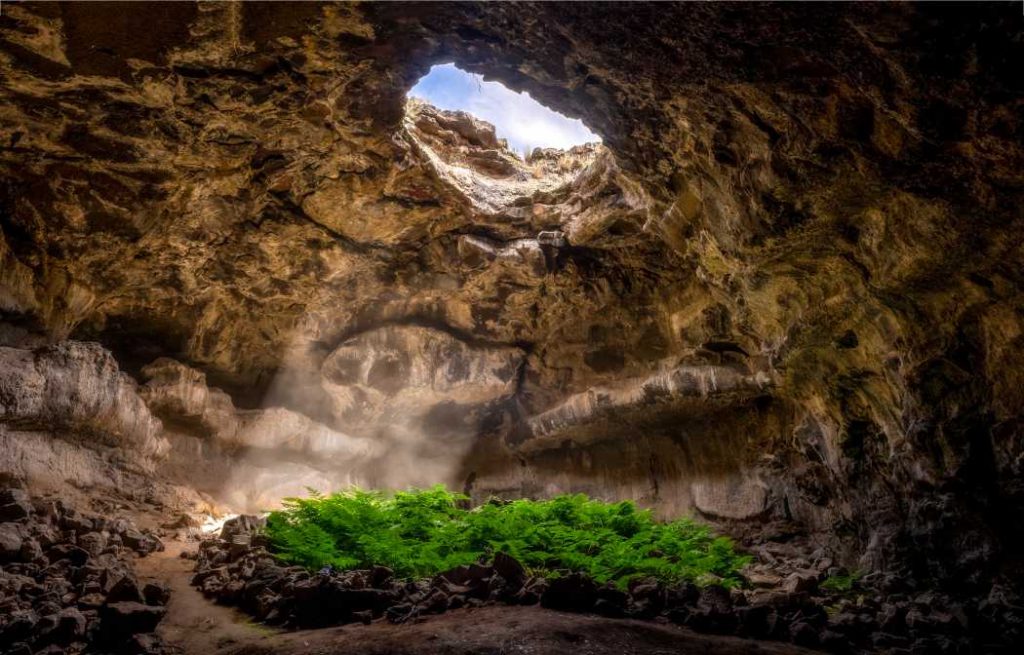
Taos Pueblo
This unique adobe settlement is found in New Mexico and was added as a World Heritage Site in 1992. When you visit you can see typical dwellings and ceremonial buildings used by the Pueblo Indians in the 13th and 14th centuries. While you’re in the area, you can also visit the Taos mountains.

Waterton Glacier International Peace Park
This is the only UNESCO World Heritage Site on our list that doesn’t lie completely in the US, as well as the world’s only International Peace Park. The park was made when Waterton Lakes National Park in Alberta, Canada was combined with Glacier National Park in Montana in 1932. Within the park, which was added to the list in 1995, you can see mountains and prairie, as well as diverse wildlife and wildflowers.
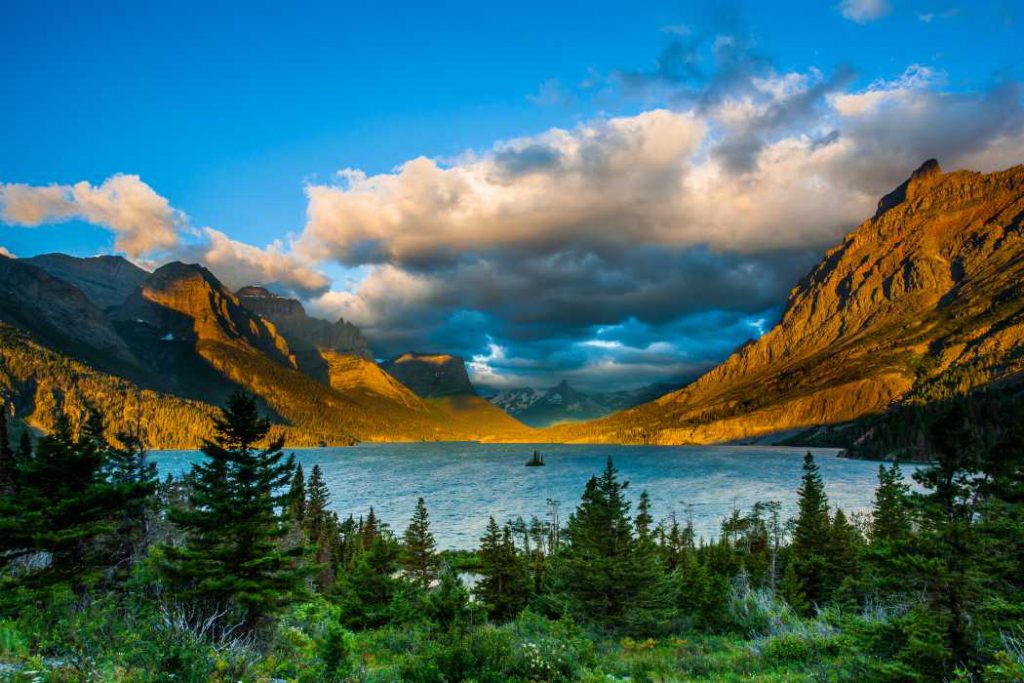
Frank Lloyd Wright’s 20th-Century Architecture
Yes, that’s right, a group of houses and buildings made the World Heritage Site. But famed architect Frank Lloyd Wright didn’t just create any buildings, he used “organic architecture”, which made his structures unique. The UNESCO designation was given in 2019 and includes 8 buildings designed by Wright in the 20th Century, like the Guggenheim Museum in New York and Fallingwater in Pennsylvania.
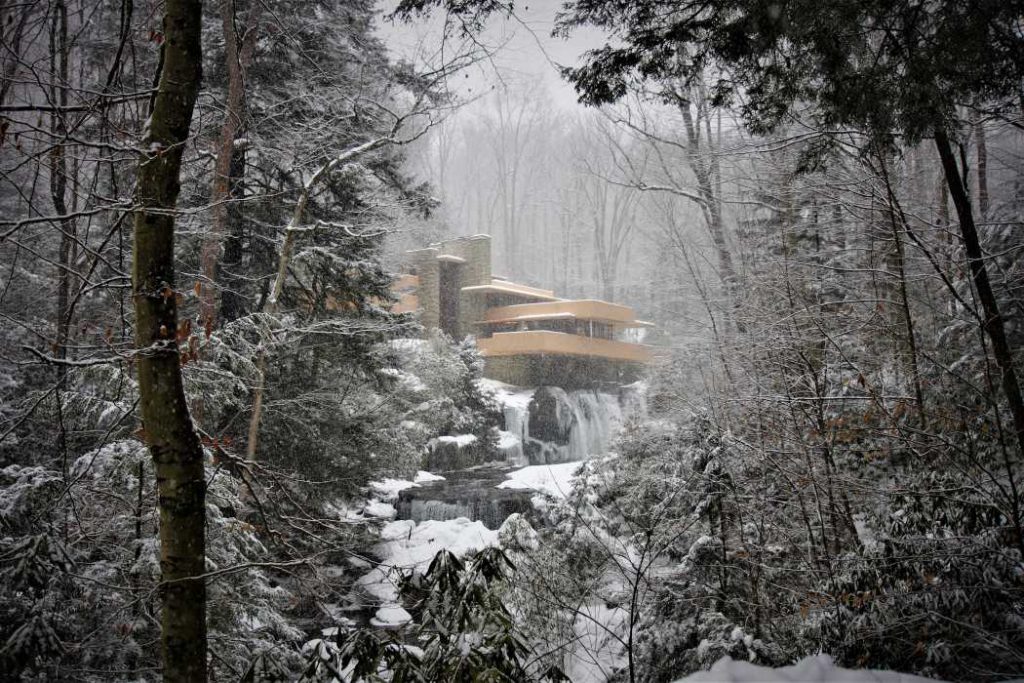
Great Smoky Mountains National Park
This massive park in Tennessee lands on our list not only for its untouched beauty but also because it’s by far the most-visited national park in the US at more than 12 million people in 2020 – 4 times as many visitors as Yellowstone! It was put on the UNESCO World Heritage Site list in 1983 due to its abundant plant and tree species, undisturbed forest, and unique flora and fauna.

Grand Canyon National Park
Last, but certainly not least, we couldn’t leave the Grand Canyon off our list! It was put on the UNESCO list in 1979 due to its geological magnitude. The canyon is more than 1,500 meters deep and it shows more than 2 billion years of geological history and activity. Even if you’re not impressed by how all of this was carved out by the Colorado River over millions of years, you can at least marvel at its stunning beauty.
